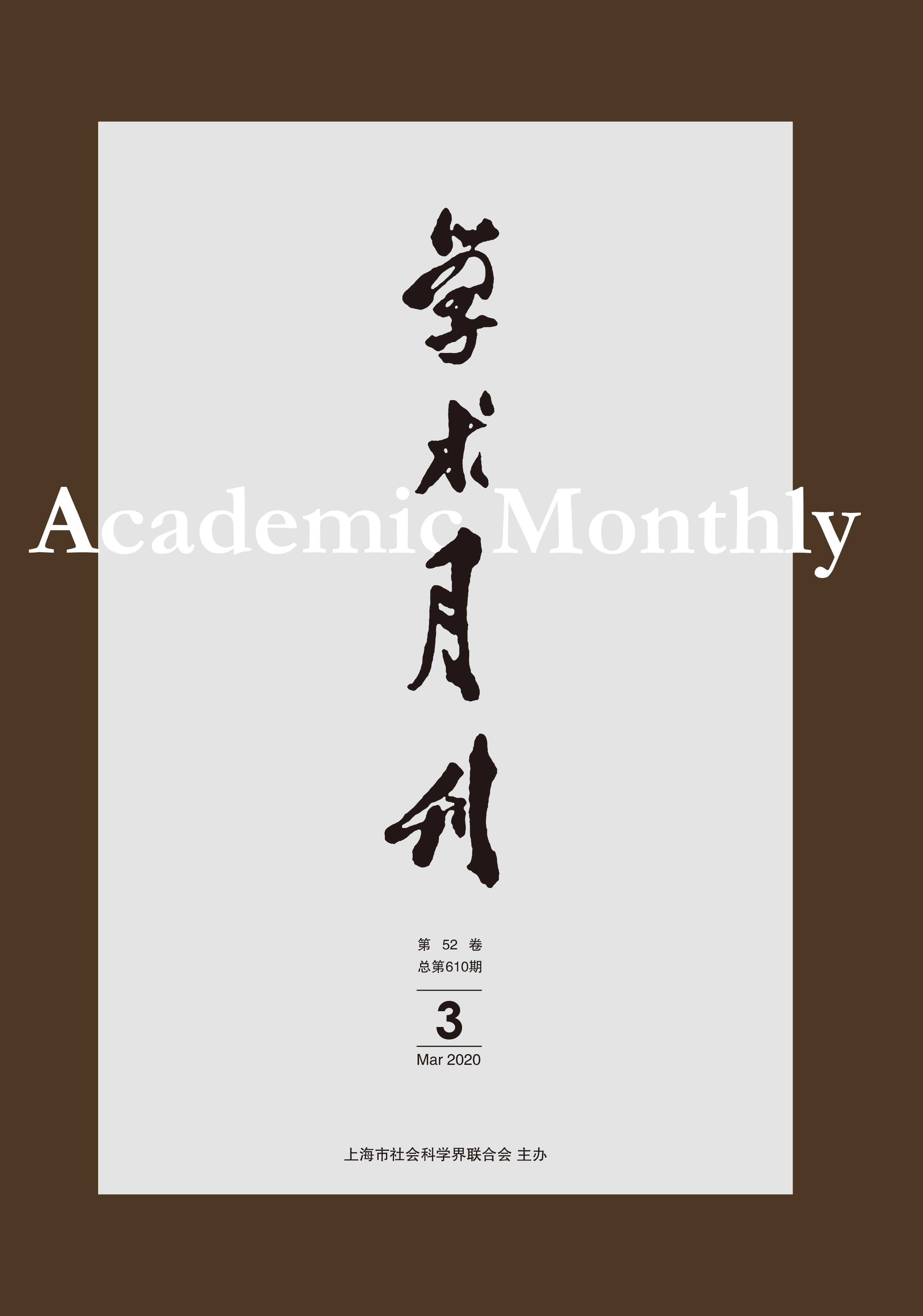Citation:
Daogen ZHANG. A Political-economic Analysis of China’s Economic Institutional Innovation[J]. Academic Monthly, 2020, 52(3): 5-14.

A Political-economic Analysis of China’s Economic Institutional Innovation
-
Abstract
Institutional innovation is the source power of China’s rapid economic development after the reform and opening up. China’s economic institutional innovation is highly endogenous and path-dependent in nature, and is closely related to China’s conditions, history and development stages. Such an institutional innovation usually takes an internal and top-down approach, and quantitative changes gradually accumulate to qualitative transformation over time. The innovation of economic institution is not only restricted by productivity, but also deeply influenced by historical and cultural traditions. Since 1978, China has adopted a step-by-step approach to reform its economic system which is in line with China’s reality. The reform starts from the weakest part and the most marginal area of the planned economy, begins with circumventing or breaking through the existing rules and regulations, and is implemented from micro-level to macro-level gradually. Having witnessed the transformation of China’s economic system, China’s economic institution innovation should follow the right direction, persist in adopting a progressive approach and deepens reform comprehensively in the future.
-

-
References
-
Access
-
-
[1]
Daogeng ZHANG
. Logic of Economic Institutional Change and Reform of China’s Economic System. Academic Monthly,
2022, 54(1): 58-67.
-
[2]
Fenglin ZHANG
. Rethinking over Marx’s Institutional Economics Thoughts. Academic Monthly,
2021, 53(2): 50-64.
-
[3]
Zhiping HU
. Political Economy of the Change of Rural Public Service Supply in China: Development Stage and Government Behavior Framework. Academic Monthly,
2019, 51(6): 53-63.
-
[4]
Ping LI
, Qianxiang DU
. Changes of Economic System in New China: Theoretical Logicand Practical Exploration. Academic Monthly,
2019, 51(8): 37-47.
-
[5]
Ming CHEN
. Introduction to Political Economy of China’s Rural Modernization. Academic Monthly,
2021, 53(9): 72-84.
-
[6]
,
,
. . Academic Monthly,
2016, 48(11): 70-83.
-
[7]
LIU Shouying
. Political Economy in the Communist Party of China's Theoretical Creation. Academic Monthly,
2024, 56(3): 53-69.
-
[8]
. . Academic Monthly,
2017, 49(12): 60-68.
-
[9]
Ming LU
. For Long-term, Overall and Multidimensional Development: The Political Economy of China Road. Academic Monthly,
2022, 54(3): 58-71, 109.
-
[10]
Liang SUN
. Reconstruction of the Concept of Sociality in the Context of Critique of Political Economy. Academic Monthly,
2022, 54(4): 14-21.
-
[11]
MA Yan
. Political Economics Analysis of “Algorithm Revolution”. Academic Monthly,
2023, 55(6): 66-74.
-
[12]
Shuguang ZHANG
, Chi ZHANG
. Institution Economics of the Right. Academic Monthly,
2020, 52(1): 40-51, 83.
-
[13]
,
. . Academic Monthly,
2020, 52(6): 179-184.
-
[14]
Jing JIANG
, Bingyao ZHANG
. Deconstruction and Transformation: An Analysis of China’s Industrial Policy in Political Economy Perspective. Academic Monthly,
2022, 54(12): 59-70.
-
[15]
HONG Yongmiao
. The Political Economic Analysis of Artificial Intelligence. Academic Monthly,
2024, 56(1): 43-59.
-
[16]
. . Academic Monthly,
2017, 49(08): 51-57.
-
[17]
. . Academic Monthly,
2017, 49(04): 113-119.
-
[18]
Jie MENG
. Surplus Value and Socialist Political Economy with Chinese Characteristics: An Investigation from Intellectual History. Academic Monthly,
2021, 53(2): 65-74.
-
[19]
Wei LIU
. The Doctrinal System and Theoretical Logic of Xi Jinping’s “Socialist Political Economy with Chinese Characteristics”. Academic Monthly,
2021, 53(5): 5-16.
-
[20]
Wei MAO
. Economic Performance of Institutional Change. Academic Monthly,
2020, 52(5): 62-71.
-
-



 沪公网安备 31010102003103号
沪公网安备 31010102003103号 DownLoad:
DownLoad: